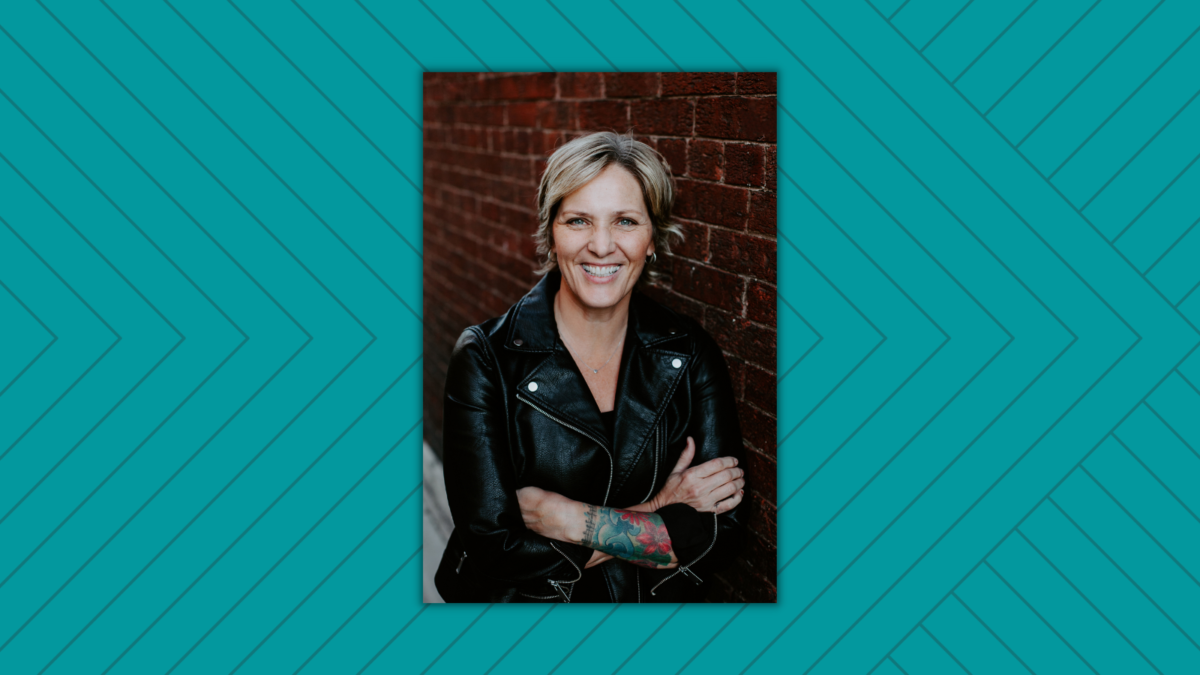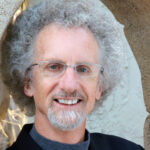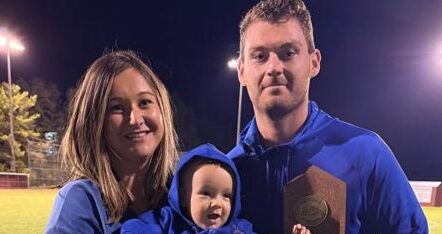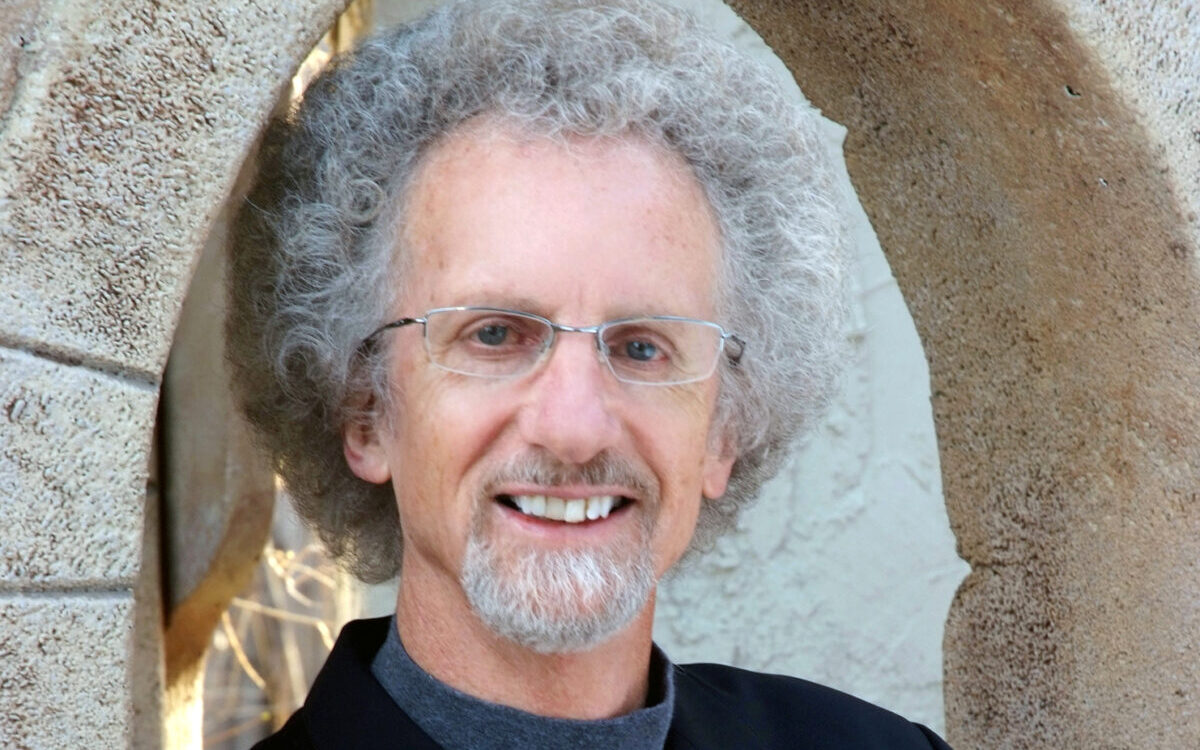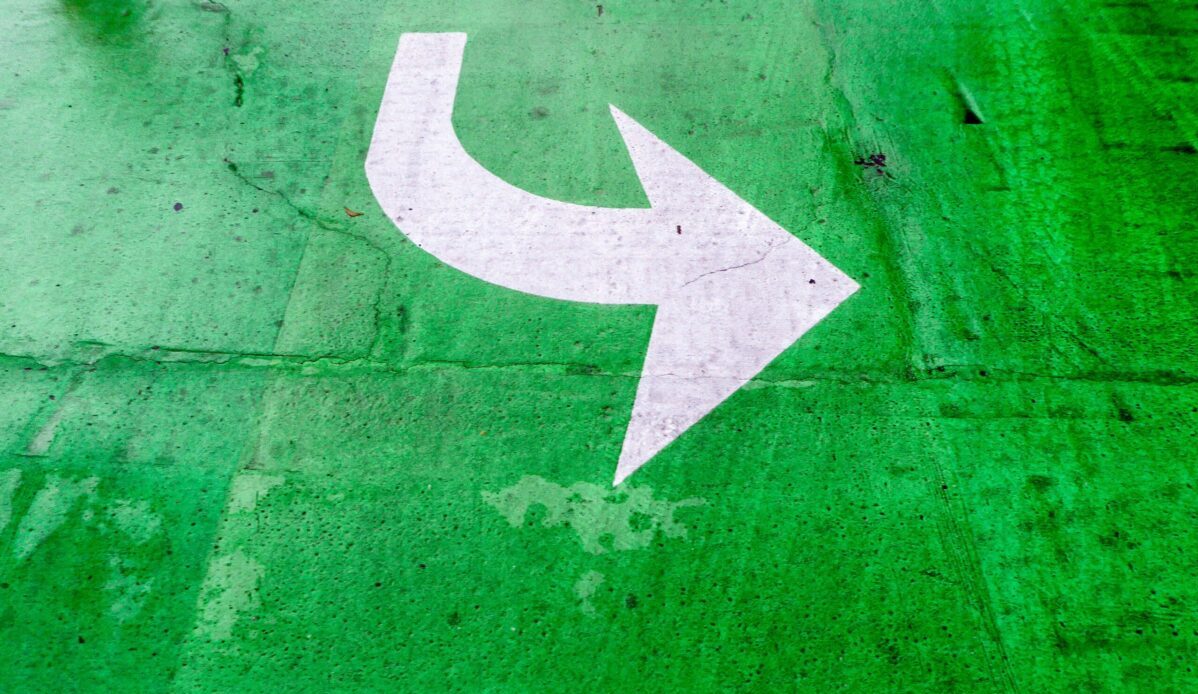When author Danielle Strickland visited a “flipped art” exhibit a few years ago, the concept sparked an idea — an idea that she developed into her new book, “The Other Side of Hope.”
A flipped art exhibit is one in which the backs of the artwork are displayed instead of the fronts.
Viewing the exhibit, Strickland recognized that people usually want hope to be the beautiful picture displayed in the front, when in reality hope is often behind the scenes holding the picture in place. The realization led Strickland to ask some questions that led to her book.
“What framework is required? What background makes the kind of life where hope is seen and can show up?” Strickland asked. “I wanted to do a dive into what kind of framework and what kind of background is required for hope to be displayed in my life.”
How it works
“The Other Side of Hope” was the result. The book mirrors the flipped art concept.
Half is written in story form, with portrayals of people all over the world who overcame through hope. The other half includes biblical principles and theories about hope. One half is oriented to read from the front like any other book. To read the rest, the book has to be flipped over.
How a reader starts the book is a matter of personal preference. Strickland calls herself a “story person” and admits a personal fondness for the portion of the book that includes stories.
Each story helps drive home a point without being pedantic, she said, much the way Jesus used storytelling throughout His ministry.
Inability to trust
But the other half of the book has a lot to say too. In it, Strickland seeks to combat the despair and cynicism that dominate today’s culture, especially among young adults. Many don’t think this world will ever change and have lost all trust in institutions, she said. This cynicism can turn inward, resulting in the inability to trust anyone, even one’s self.
But Christians are called to be people of hope and need to address these issues, Strickland said.
Source of hope
“Hope is honest, not happy,” she said. “We’ve been sold a happy hope. As a result, we’ve believed wrongly that sorrow is despair. So we do everything we can to avoid anything sorrowful so we can stay hopeful.
“Hope is not a thing to acquire; it’s a Person to know,” she added.
Hope is also eternal (1 Cor. 13:13), and because God is the source of hope, it has a divine quality, Strickland said. When Jesus said, “Blessed are the poor in spirit because they will find God,” it was because hope can be a byproduct of mourning.
Recovery groups are a good example, she said.
In recovery, individuals often find hope through openness and honesty, she explained. They share their worst experiences, dark things that are hard to share.
And as they share those hard experiences, they often discover what they thought was an end was instead a beginning.
Strickland has worked with women escaping sex trafficking, and she almost lost hope because she saw women returning to that lifestyle. She often wondered if her work made a difference.
Spending time with God cultivated her hope, she said. In a prayer room, God helped her see the challenges the trafficked women faced in breaking free.
“I started to pay attention to what was actually happening — the details. I realized what looked like a cycle that wasn’t breaking was actually an untangling of the oppression that they had been living in for a long time,” she remembered.
“I started participating with them and God in the untangling of their oppression,” Strickland said, which led her to look at situations differently.
She began to ask questions: “What is God doing? How is God showing up? How is oppression loosening off of our lives? How do we begin to celebrate with that?”
Hope began to shine through in the answers, Strickland said.
‘Hope is alive’
Now, part of Strickland’s mission is to help others find hope amid depression, addiction or other difficult circumstances, though she realizes hope in the darkness is not something that can be glibly talked about or preached at a person.
The best way to help those who have lost hope is by “sharing authentically about our own darkness and despair and truth,” she said. “You live hope. That matters a lot more than trying to tell people what hope should look like in their lives. Show them. Tell the truth. That’s what gives you hope — seeing the change. Hope is alive because He’s alive.”

